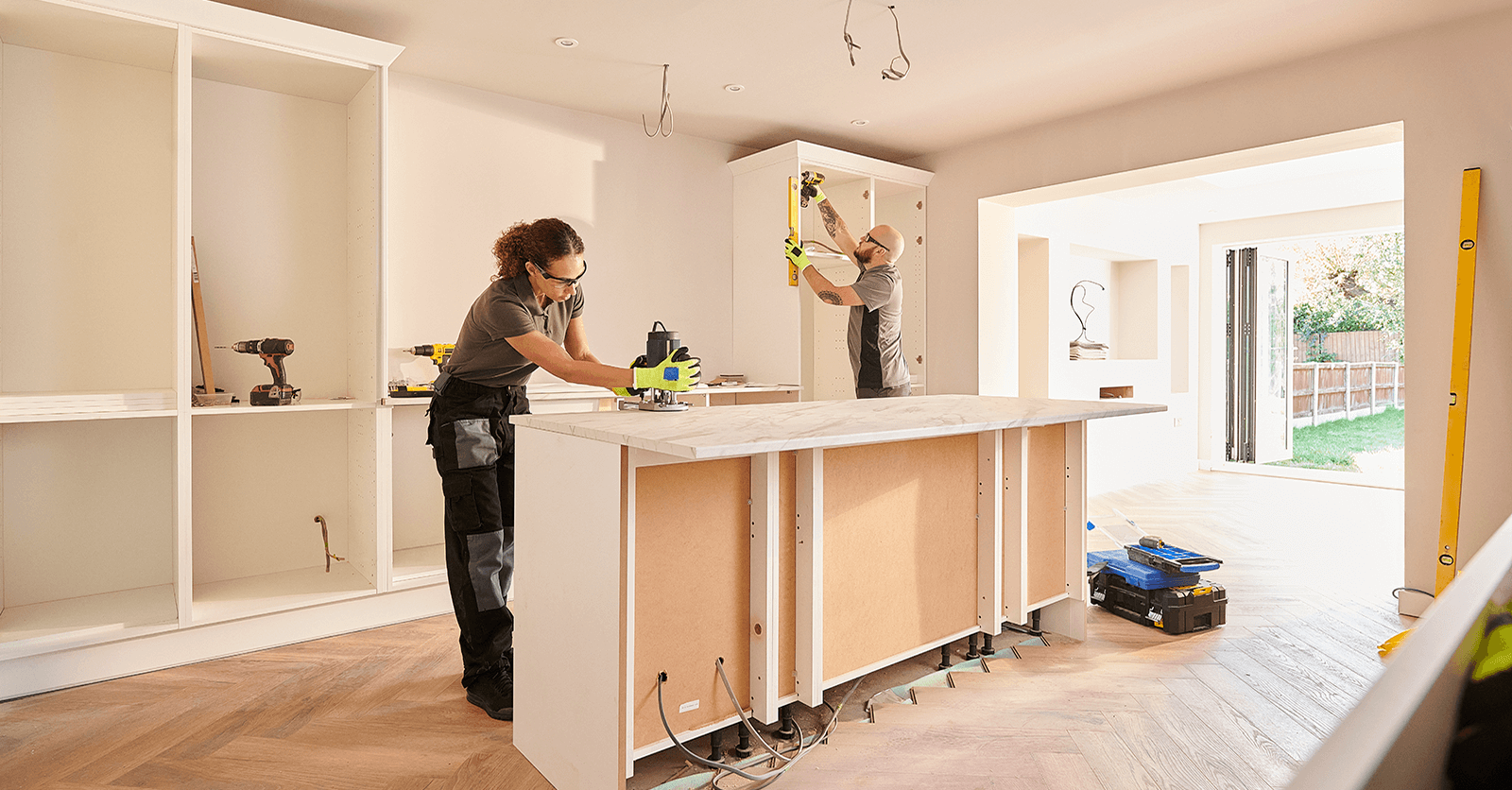
Debunked: Five Myths of the Managed Repair Program
STREAMLINE YOUR CLAIMS PROCESS WITH A MANAGED REPAIR PROGRAM
September 19, 2023 — Homeowner insights | Insurance insights
To help homeowners through the sometimes-stressful time around filing a claim, insurance companies are offering managed repair programs.
A managed repair program connects you with skilled contractors who can handle your home repair for a covered insurance claim.
When faced with a loss after a catastrophe, the last thing you have time for is researching who you will hire to complete your repairs. Using your homeowners insurance company’s repair program saves you time and trouble.
There are some misconceptions about these helpful programs. Here are five myths about the managed repair program and why they aren’t true.
1. Managed repair programs are slow
A common misconception with managed repair programs is the belief that they will slow down the insurance claim repair process and prevent you from getting your life back in order quickly.
When you have a claim for property damage or loss, you are connected directly with a certified contractor within your insurance company’s network at the time you file your claim.
Contractors work for insurance companies and can get started on the work right away. They can provide emergency mitigation services and full restoration work.
To get started, they create a detailed estimate of the cost to repair and send it to your insurance company. Your insurance company then directly pays the contractor, who will execute all your repairs.
Utilizing a managed repair program often expedites the claim resolution because both the contractor and your insurer understand the process and expectations, allowing things to move more smoothly. This also saves you the hassle of directly being involved in processing a claims payout.
2. Managed repair programs are costly
Many people incorrectly believe managed repair programs are more costly to homeowners. Whether you use a managed repair program or not, your only out-of-pocket expense is your deductible. Your deductible amount doesn’t change based on who performs the repairs.
Managed repair programs also typically offer warranties on the work performed, which can save you money. If something breaks or is faulty during the warranty period, you won’t be paying out of pocket for the repairs.
3. You have no input on repairs when using a managed repair company
Utilizing a managed repair program may sound like handing off the repair process to your insurance company, leaving you in the dark about what’s happening in your home. This is also a myth. You authorize and approve all work, no matter how big or small the repair may be.
Throughout the repair work, steps, materials, and expectations will be communicated to you as they would if you had selected an independent contractor. In addition, you will be updated throughout the entire claim payout process, sometimes in a timelier manner than if you hired your own contractor.
4. Repairs done through a managed repair program are of lower quality
Insurance companies do not compromise on quality. Restoring you and your home to your pre-loss state is always the priority.
Through a managed repair program, you can choose from a network of licensed contractors who work directly with your insurance company. Choosing the right contractor is a process in which you remain at the center.
The contractors certified through the managed repair program are licensed and highly qualified (that’s why your insurance company trusts them!), so you can know that you are getting honest, high-quality repairs to your home after a catastrophe. And remember, the work often comes with a warranty for an added layer of protection.
5. Insurance companies make extra money off managed repair programs
Another misconception is that insurance companies make money when you work with a managed repair program. Insurance companies do not receive additional money or kickbacks from contractors in a managed repair program.
Managed repair programs help safeguard against dishonest contractors, which means your insurer is at a lower risk to lose money. Since your contractor is within the managed repair contractor network, there is a much lower chance of inflated repair costs or fraud. This helps keep insurance rates stable for everyone.
Talk to your insurance adjuster
Speaking with a claims representative or insurance claims adjuster is the first step to opting into a managed repair program when you have a catastrophe claim. They are also who you should contact throughout the process of settling your claim. Whether you have questions about steps or repairs, your insurance adjuster is always working to help you resolve your claim.
Managed repair programs ease the burden of the claims process on everyone, including the insurance company, and save everyone time and hassle.
